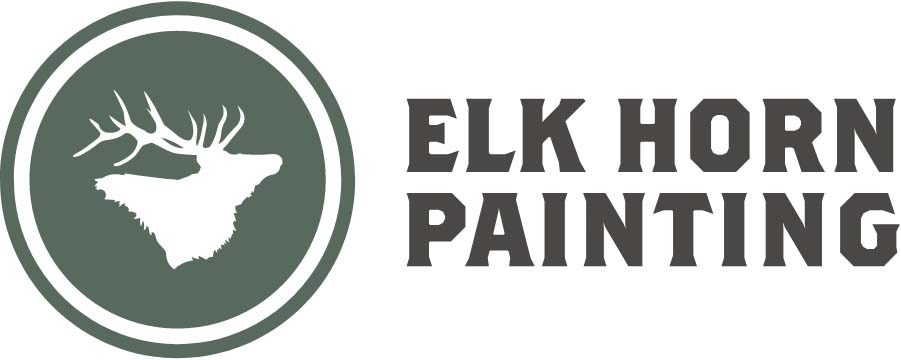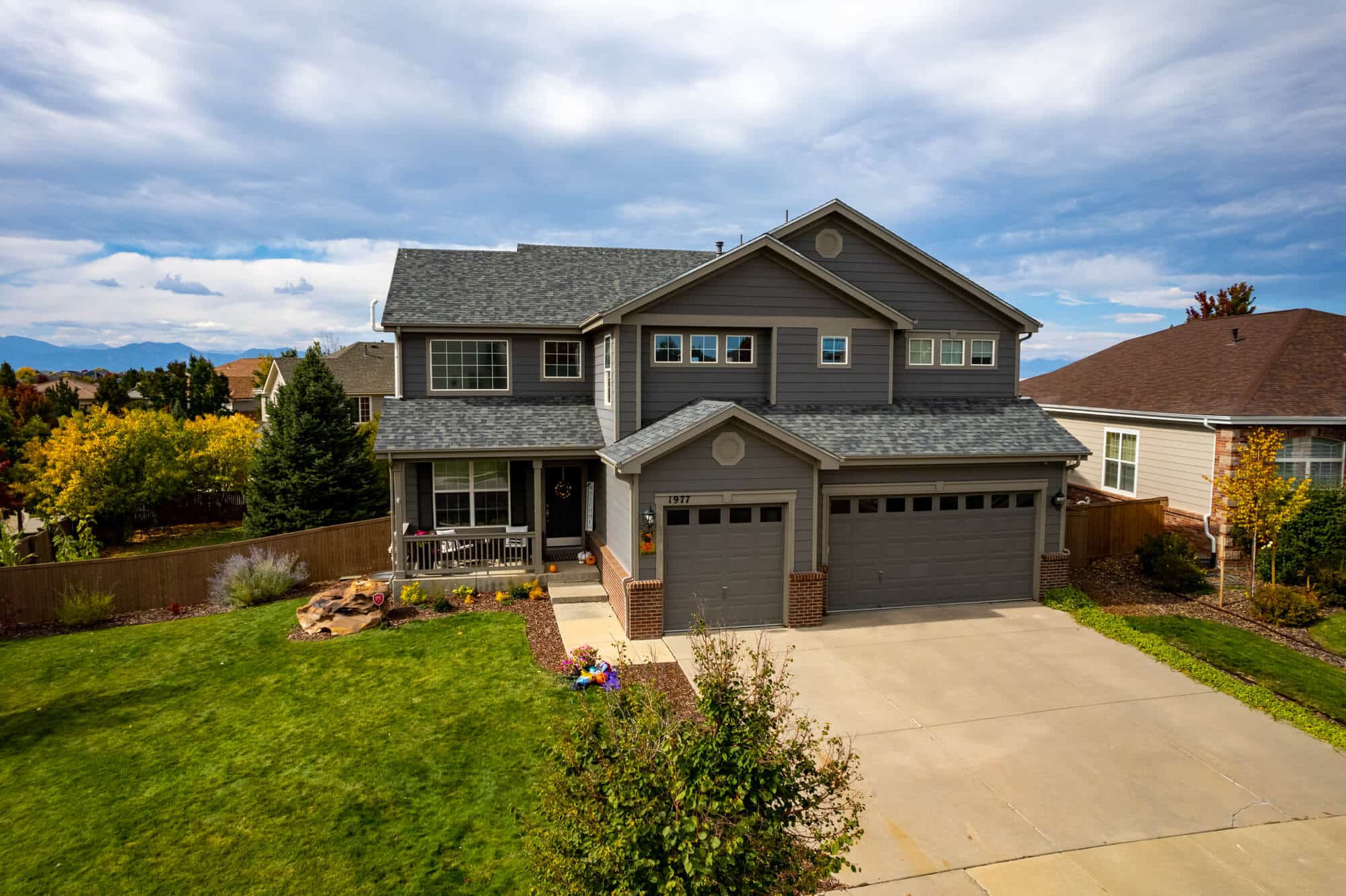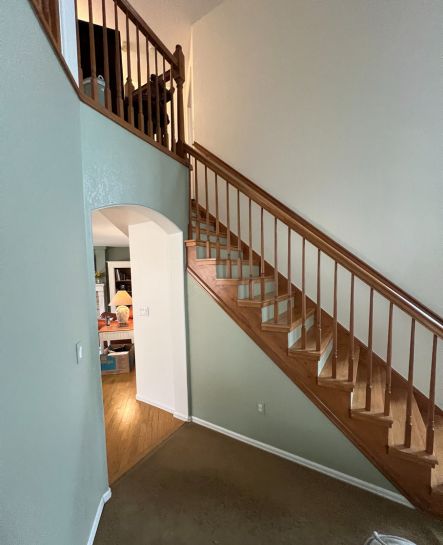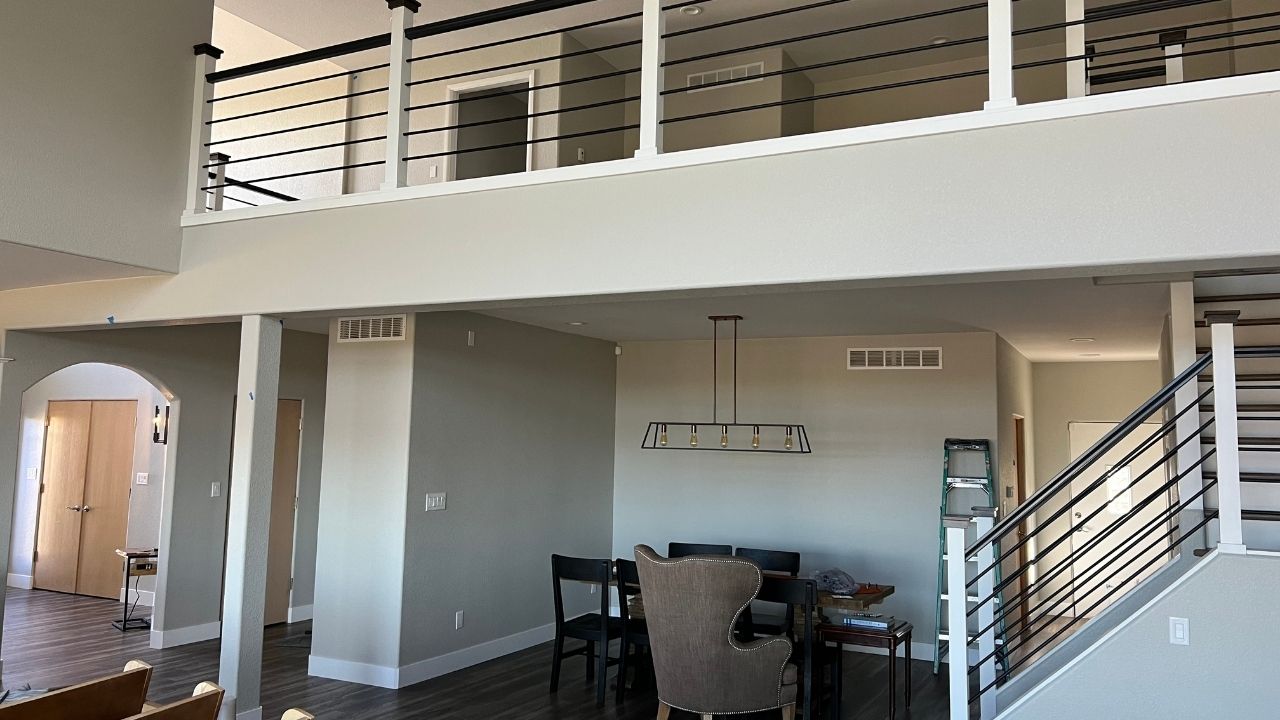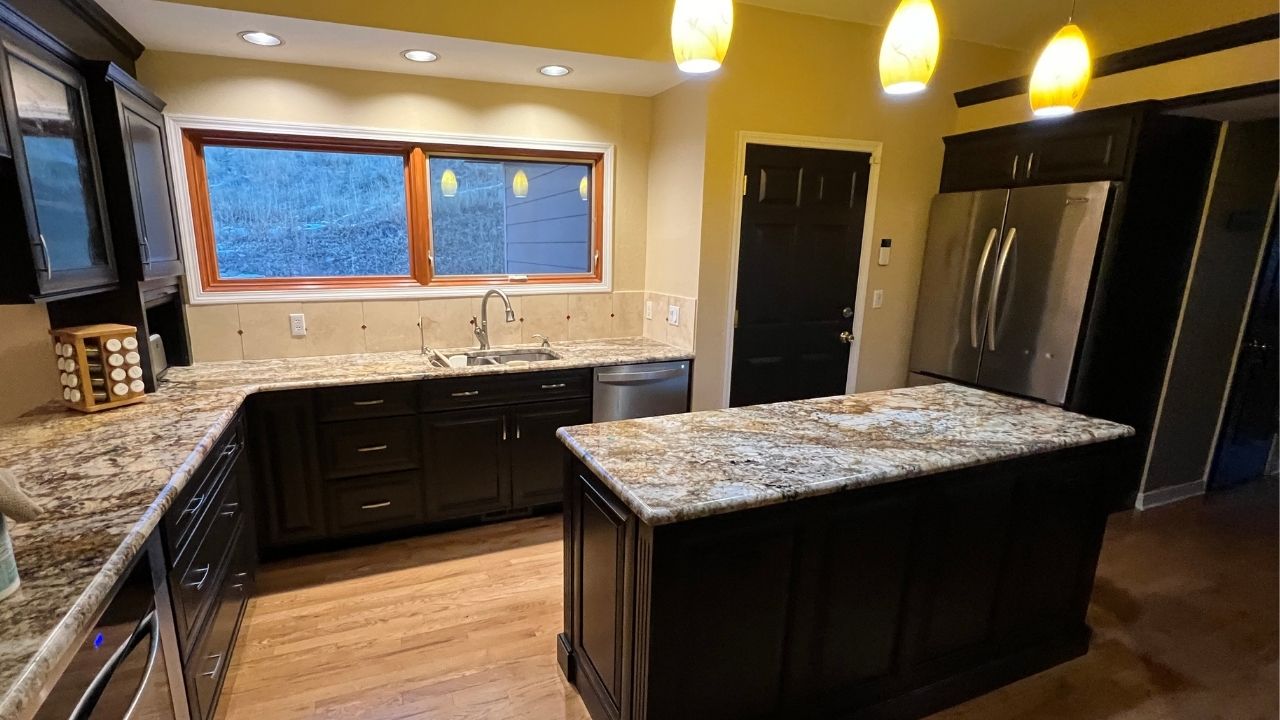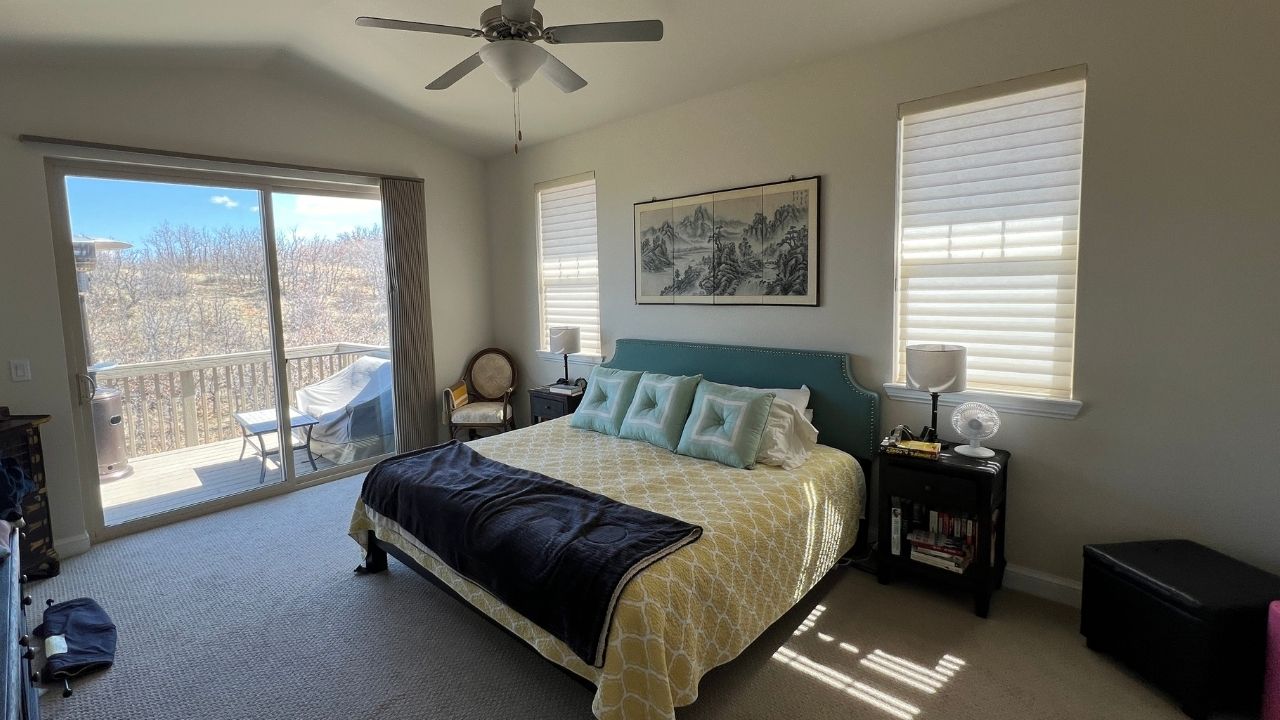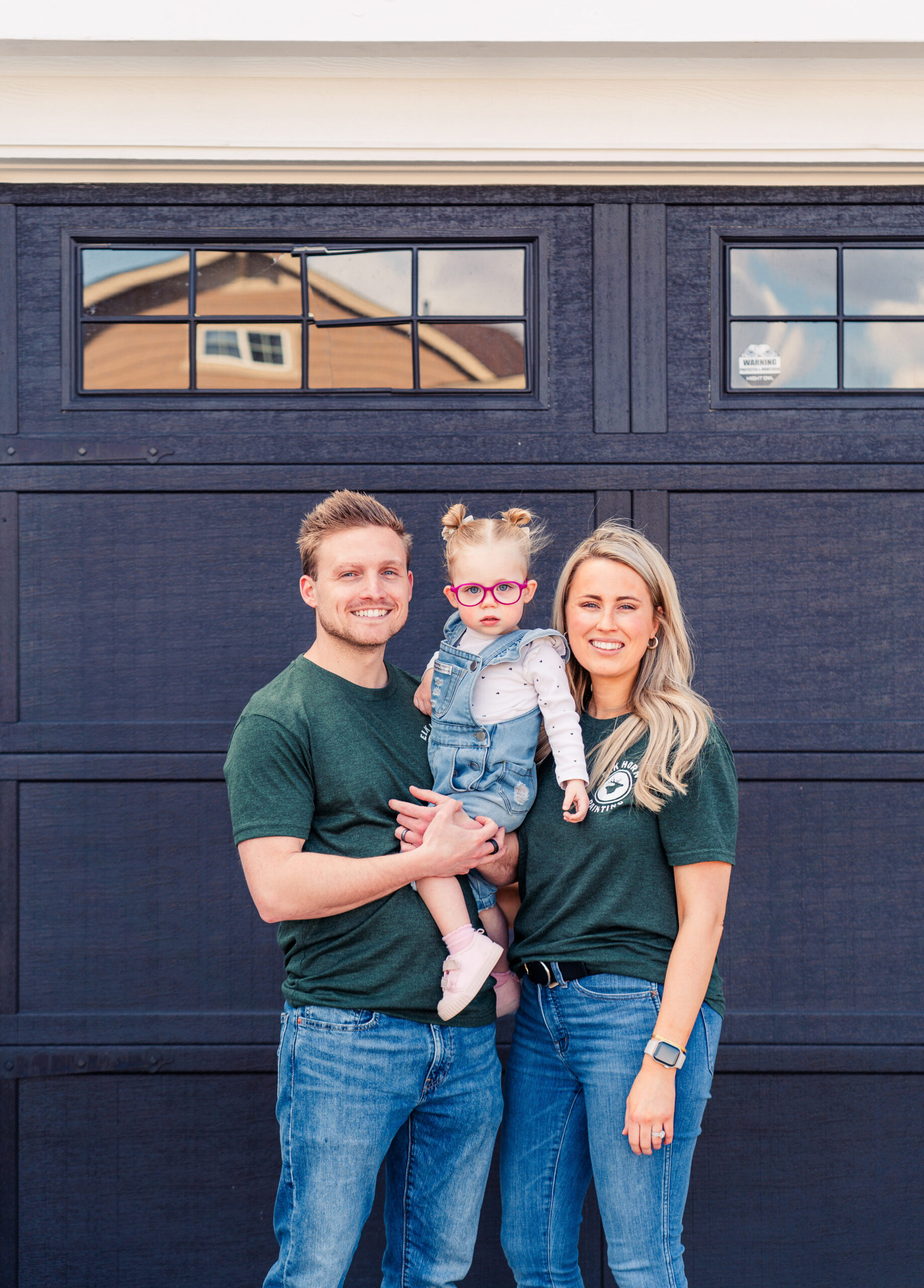Interior painting is one of the most effective ways to refresh and enhance a home’s aesthetics. A fresh coat of paint can instantly brighten spaces, make rooms appear larger, and create a polished, cohesive look. Whether opting for modern neutrals or bold accent walls, interior painting allows homeowners to reflect their personal style while keeping their home’s design up to date.
Beyond aesthetics, interior painting has a significant impact on mood and ambiance. Soft, calming colors promote relaxation in bedrooms, while vibrant hues can energize kitchens and living areas. Thoughtfully selected colors can influence emotions, productivity, and even social interactions within the home.
Additionally, interior painting increases property value. Homes with freshly painted interiors appear well-maintained, attracting potential buyers and often leading to higher resale prices. A quality paint job can mask imperfections and enhance architectural details, adding to the home’s overall appeal.
For the best results, professional interior painting ensures smooth finishes, proper surface preparation, and the use of high-quality materials. Experienced painters bring expertise in color selection, techniques, and durability, guaranteeing long-lasting beauty and protection for your home’s interiors.
